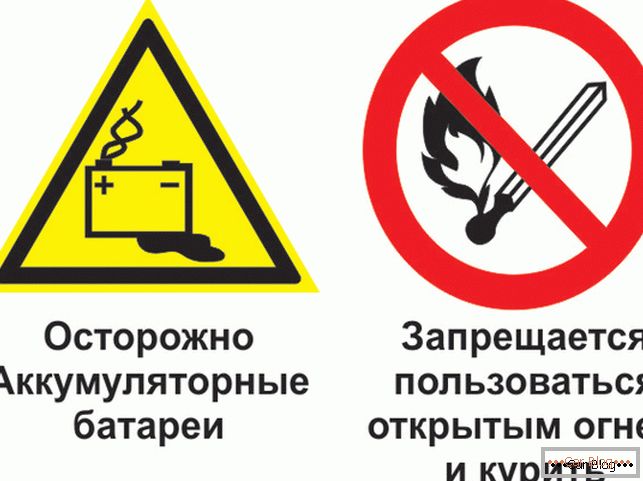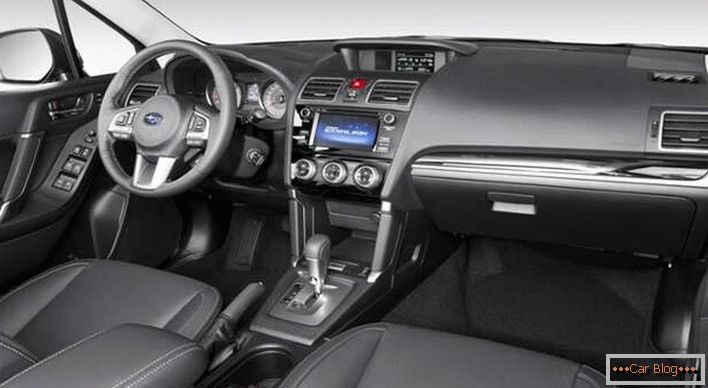One of the most important elements of our car is the battery (battery). The main role, namely the car start-up is performed by the battery. The engine is started by applying current to the starter from the battery. Even with the engine off, all lighting and sound systems will function properly if the battery is in good condition.
Battery charge rate
The security alarm system of the car will also not function if the battery has sat down. Even with a moving car, if the generator does not cope with loads, the battery comes to the rescue. Of course, the normal operation of the vehicle’s on-board system will not work properly with low battery power. Therefore, in this article we will try to tell you what is the most optimal battery charge rate.
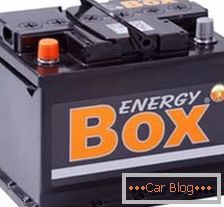
Battery charge rate
Voltage is the main parameter of the battery. Therefore, the owner of his car needs to know what voltage should be in the battery.
The voltage of the battery 6 PT (6 cans) in the charged state should be from 12.6 to 12.9 volts. It follows that the charge of one can should be from 2.1 to 2.15 volts. If the voltage is less, then your battery is discharged. But this does not mean that your battery can not be used. Constantly have a charged battery 100% vryatli you get. The table below shows the dependence of the voltage and the degree of charging of the battery.
Battery low
As practice shows, the critical voltage mark of a twelve-voltage battery is 10.8 volts. This discharge is called - deep. Such a discharge is detrimental to the battery, it significantly reduces the service life of the car.
See also: Replacing the distributor ignition Daewoo Matiz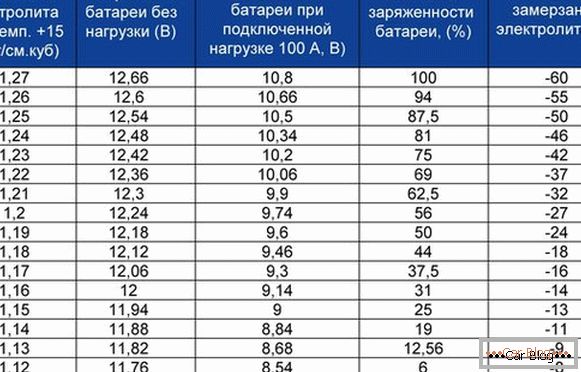
The table shown above, shown as the degree of charge, is continuously related to the density of the electrolyte. Battery charge can not only check the voltage at the terminals. You can also check the density of the electrolyte. The density of a fully charged battery should be from 1.27 to 1.29 g / kb.sm. The density of the electrolyte can be measured with a simple device - a hydrometer.
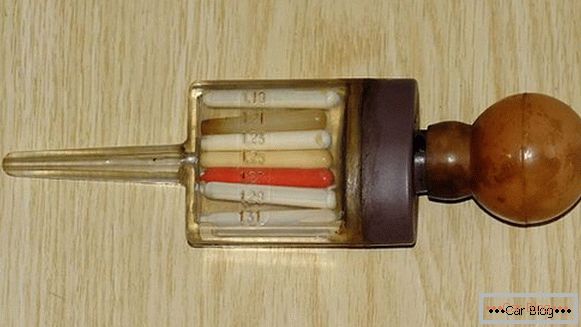
Check battery charging
A voltmeter or multimeter helps in measuring voltage. If you want to measure voltage with a multimeter, switch it to voltage measurement mode. Then attach its contacts to the battery terminals and on the display you will see the charge of your battery. Polarity is optional. If you have wrongly applied the probes to the battery terminals, then the display will only appear negative voltage. The photo below shows the result of voltage measurement.
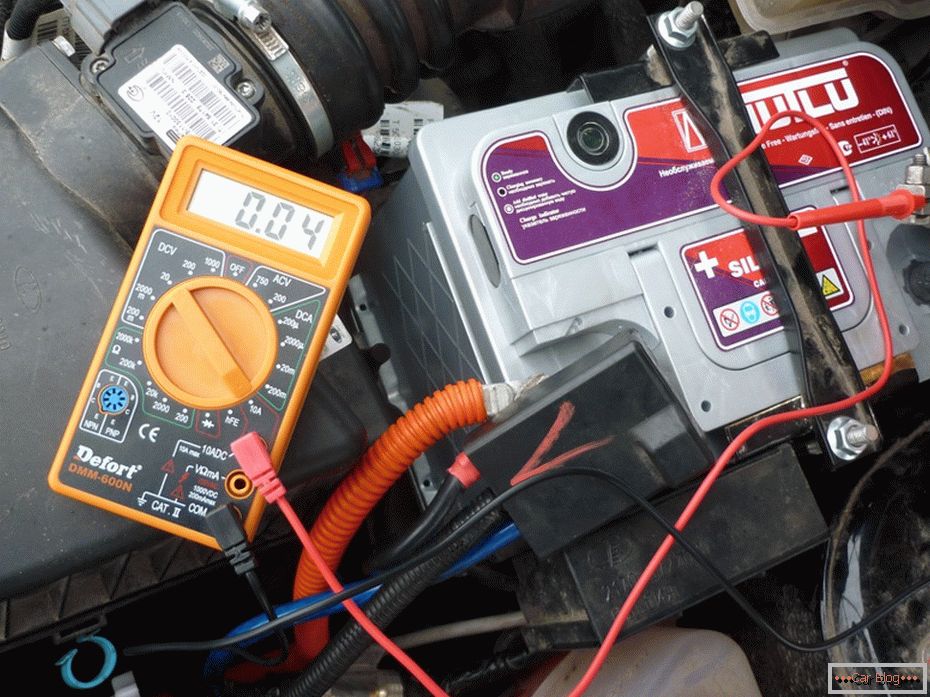
With the help of a load plug, it is also possible to measure and monitor the battery charge. A voltmeter is built into the mechanism of such an instrument that measures voltage. The load plug not only determines the charge of the battery, but also controls the state of the battery itself. To do this, measure the actual voltage with resistance in closed circuit mode. The load fork emits the vehicle start-up, and determines the load on the battery. But when conducting such a test, the battery must be fully charged.
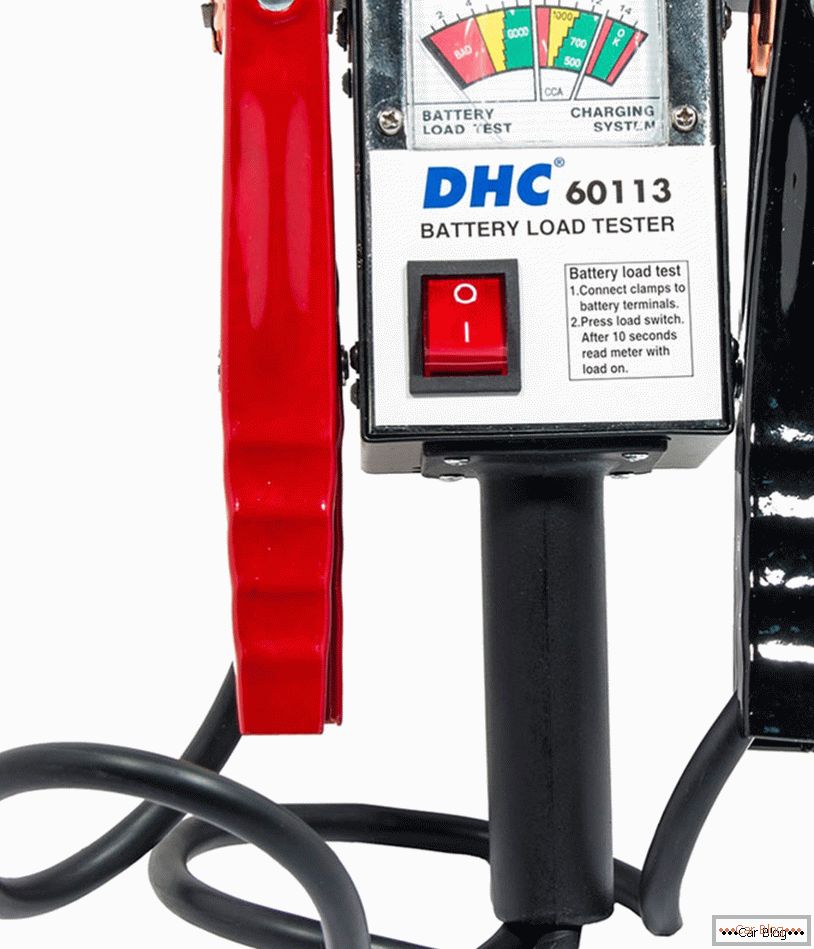
Before checking the battery charge with the load plug, connect the battery terminals to the battery terminals, and apply the load for 5-6 seconds. At the fifth second, note the voltage on the voltmeter. If the voltage is less than 9 volts, then this battery will not last you for a long time. If the voltage drops to 10 - 10.5 volts, then your battery is still quite in good condition.
See also: Camera overspeed: Arrow - ST / MThree main types of battery charging
- - accelerated. This charging mode is called Boost, it is found on most modern car chargers (chargers). With this charge, the battery does not receive a full charge, but it is enough for charging the car. This charge is better to use if you urgently need to go in your car, and your battery is dead. A charge of type Boost, accelerated by increasing the amperage;
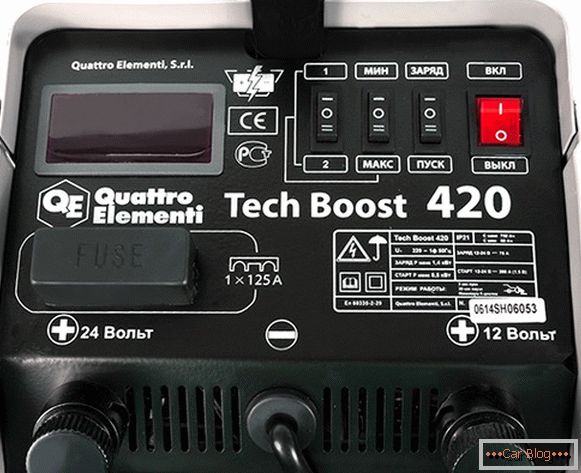
- - charge with constant voltage. This type of charge must maintain a constant voltage at the battery terminals. This is an automatic battery charge, which exists on all modern chargers. It is usually used when the battery is not fully discharged (not lower than 11.5 volts). This mode of charge can not be controlled. The charger itself determines the desired battery charge, and automatically turns off the charging process;
- - charge with direct current. This charge supplies a constant current to the battery. The process of such a charge is carried out in several stages, in which the supply current gradually decreases. This mode is used for fully discharged batteries. A charge with a constant current most effectively and evenly charges the battery. The disadvantage is that such a charge must be constantly monitored, namely, the charge is controlled, and when the charge is brought to the normal range, this process must be stopped.
Security measures
The entire process takes place in a well-ventilated area. There should not be open flames or sparks near the battery and the charger. During the process of charging the battery, hydrogen is evolved, when combined with oxygen to form an explosive mixture!
